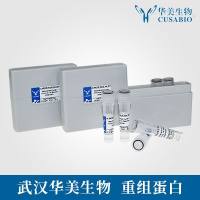Amplification of Gene-Regulating Regions with Single-Sided Specificity
互联网
互联网
相关产品推荐

SARS-CoV-2 (2019-nCoV) Spike Gene ORF cDNA clone expression plasmid (Codon Optimized)
¥4690

Fetal Bovine Serum, Value (formerly USDA-approved in North America or qualified, Brazil in other regions)(A5256701)-500ml
¥2500

8001-0312安捷伦Column nut no-slot 6-sided 2pk SHM Agilent
¥701.73

SIGIRR/SIGIRR蛋白Recombinant Human Single Ig IL-1-related receptor (SIGIRR)重组蛋白Single Ig IL-1R-related molecule;Single immunoglobulin domain-containing IL1R-related protein;Toll/interleukin-1 receptor 8 (TIR8)蛋白
¥1368

Human CBLL1 Gene ORF cDNA clone expression plasmid
¥1770
相关问答

